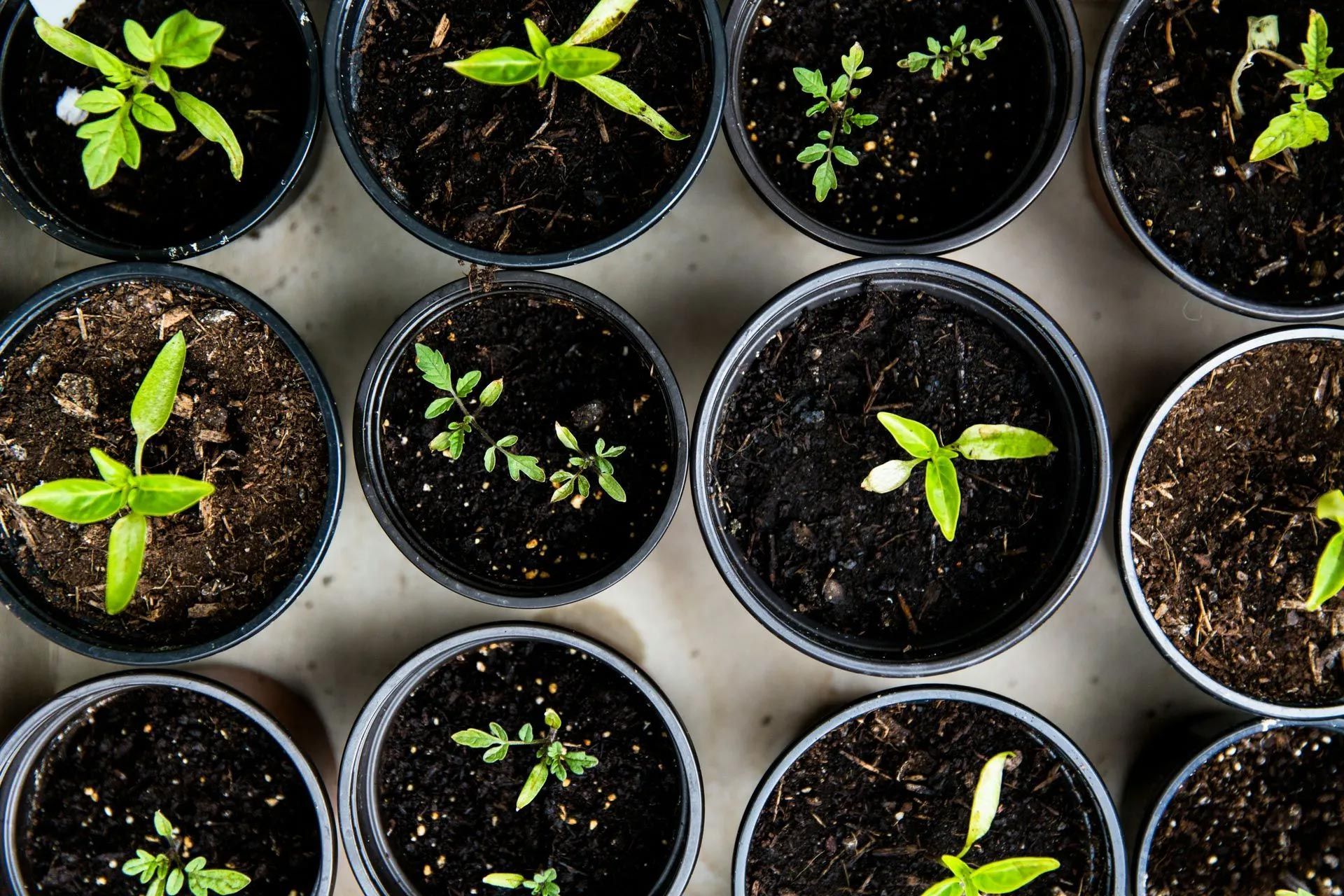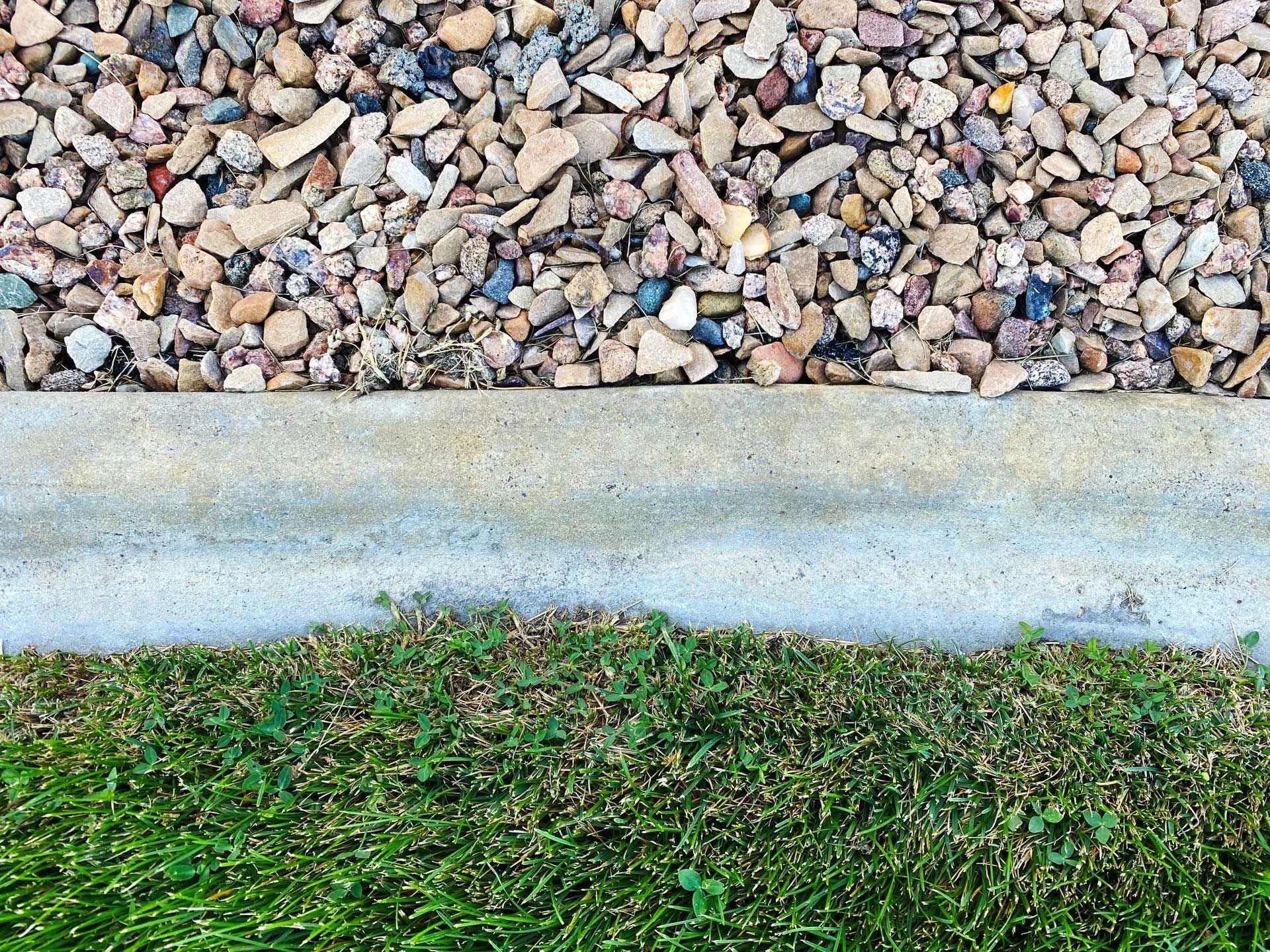How to Protect Your Garden from California’s Unique Weather Patterns
California’s climate is as diverse as its landscapes, ranging from coastal fog to blazing deserts and mountain snow. For gardeners, this means confronting unpredictable weather events—scorching heatwaves, extended droughts, and the occasional downpour. At California Exteriors Incorporated, we understand the challenges posed by these extremes and are committed to helping you create resilient, thriving gardens. By using proven strategies and focusing on plants adapted to our unique climate, you can safeguard your green spaces year-round.
Understanding California’s Weather Variability
From the Central Valley to the South Coast, California’s weather is shaped by geography and the Pacific Ocean, resulting in periodic temperature spikes, water shortages, and sudden storms. According to California’s Fourth Climate Change Assessment, heatwaves are becoming more frequent and intense, while droughts persist and rainfall patterns grow less predictable. These conditions can place considerable stress on even the most established gardens, making proactive protection essential for long-term success.
Plant Protection Strategies for Heatwaves
Heatwaves pose a significant threat to garden health, often leading to wilting, sunburn, and even plant loss. To shield your garden, consider strategic placement and the use of shade structures. Shade cloth, pergolas, or temporary covers can provide relief for sensitive plants during extreme temperatures. Mulching is another essential practice, helping conserve soil moisture and regulate ground temperature. Organic mulches, such as bark or compost, can reduce water evaporation by up to 70%.
Watering during early morning or late evening—when evaporation rates are lowest—ensures that moisture reaches the roots efficiently. Installing drip irrigation systems, which deliver water directly to the soil, can further minimize waste and help plants withstand intense heat. It’s also important to avoid fertilizing during heatwaves, as this can stress plants further and increase their water needs.
Managing Soil Moisture During Drought
With droughts an ever-present reality, water management is crucial for California gardens. The key lies not only in how much water you use, but in how you retain it. Amending soil with organic matter, such as compost, enhances its ability to hold water and nutrients. Regularly checking soil moisture with a probe or by touch can prevent both over- and under-watering.
Grouping plants with similar water needs—a technique known as hydrozoning—makes irrigation more efficient and reduces waste. According to the California Department of Water Resources, selecting drought-tolerant species and using mulch can cut outdoor water use by 20-50%. Rainwater harvesting systems and greywater reuse are additional options for eco-conscious gardeners, helping supplement irrigation during dry spells.
Protecting Against Heavy Rain and Erosion
While drought is common, California occasionally experiences heavy rains that can lead to flooding and soil erosion. To prevent water runoff from damaging your garden, focus on improving drainage and stabilizing soil. Raised beds and well-designed grading direct excess water away from plant roots. Adding organic material to your soil increases its ability to absorb water, reducing puddling and nutrient loss.
Planting ground covers and using erosion-control plants, such as native grasses, helps hold soil in place even during intense storms. Permeable pathways, rain gardens, and swales can capture runoff and allow it to soak in gradually, replenishing groundwater while protecting your landscaping investments. The California Stormwater Quality Association offers further guidance on sustainable stormwater management for residential landscapes.
The Benefits of Native Plants in California Gardens
One of the most effective ways to weatherproof your garden is by selecting native plants adapted to California’s distinct climate. Species like California poppy, manzanita, and ceanothus thrive with minimal irrigation, resist local pests, and recover quickly from weather extremes. Native plants also support local wildlife, attracting pollinators and contributing to broader ecosystem health.
Research from the California Department of Water Resources shows that native species require up to 80% less water than traditional lawns and are better equipped to handle both drought and heavy rains. By incorporating these resilient plants into your design, you can create a beautiful landscape that stands up to California’s challenges while reducing your environmental footprint.
Soil Health: The Foundation of Resilience
Healthy soil is the bedrock of a weather-resistant garden. Regularly testing and amending soil improves its structure, fertility, and water-holding capacity. Adding compost and organic matter not only feeds plants but also supports beneficial soil microbes, which help plants recover from stress.
Mulching is a simple yet powerful step that offers a multitude of benefits—from stabilizing soil temperature to suppressing weeds and improving moisture retention. Aim to keep a consistent mulch layer around your plants, refreshing it as needed throughout the year.
Professional Support for California Gardeners
Protecting your garden from California’s unpredictable weather doesn’t have to be overwhelming. At California Exteriors Incorporated, our team specializes in designing and maintaining landscapes that flourish in local conditions. We prioritize sustainable practices, smart plant selection, and ongoing care to ensure your outdoor spaces stay healthy and beautiful, no matter what the forecast brings.
For personalized advice or to schedule a consultation, visit our contact page. Let us help you build a garden that thrives, come rain or shine.















